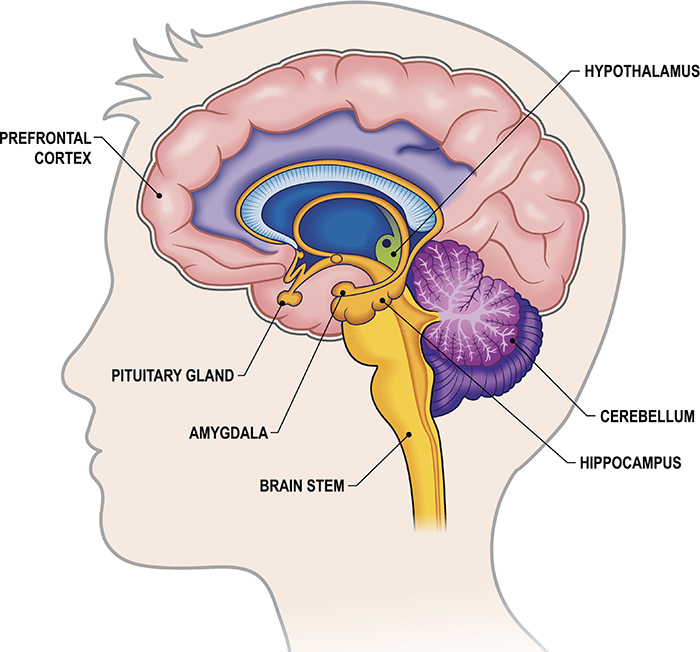With Halloween around the corner some may enjoy the thought of a good horror film and some quiver at the thought of it, ever wondered why?
So why do we get scared?
Fear is a normal fundamental emotion, deeply wired into our brains to help us survive. But have you ever wondered why we feel scared or what exactly happens in our bodies when we do?
Let’s start from the beginning. From an evolutionary stand point, fear is a protective mechanism that helps us respond to potential threats activating our fright or flight system.
Whether it’s a wild animal in the forest or a sudden loud noise, fear triggers our brain to prepare our body for action. It’s this ‘fight or flight’ response that gives us an increased response to either confront the danger (fight) or run away from it (flight).
In the modern day, fear also appears in non-life-threatening situations, such as giving a watching a horror movie or around creepy crawlies.
What happens in the brain?
The fear response begins in the brain, specifically in an almond-shaped area called the amygdala, which is part of the limbic system (see below). When the amygdala senses something that could be dangerous, it sends a distress signal to the hypothalamus (another part of the limbic system). The hypothalamus acts as a command centre, activating the fight or flight response.
Once the hypothalamus initiates a response, it sends signals to the adrenal glands, located above your kidneys. The adrenal glands release adrenaline, a hormone that rapidly prepares your body for action. Adrenaline is responsible for many of the physical symptoms we experience when we’re scared, like a racing heart or sweaty palms.
Limbic system
This is a group of structures in the brain that governs emotions, motivation, olfaction (sense of smell), and behaviour. The limbic system is also involved in the formation of long-term memory. The structures of the limbic system are found deep inside the brain, immediately below the temporal lobes and buried under the cerebral cortex, just above the brainstem.

The limbic system consists of several interconnected components, including the thalamus, hypothalamus, basal ganglia, cingulate gyrus, hippocampus, and amygdala.
Physically scared!
When adrenaline enters the bloodstream, your heart rate increases, in turn pumping more oxygen to your muscles, preparing them to be ready for the flight or fight response. Your breathing rate also increases, providing extra oxygen to the brain to keep you alert. Blood flow shifts away from areas like the stomach and redirects to the muscles, which is why you might feel ‘butterflies’ in your stomach when you’re scared.
Calming down after fear
Once the perceived threat passes, the brain sends out signals to calm the body down. Another hormone, called cortisol, helps regulate this process, gradually bringing your heart rate, breathing, and other systems back to normal.
Why understanding fear matters
Knowing how and why we get scared can help us manage fear better, especially in non-life-threatening situations such as movies . Techniques like deep breathing, mindfulness, and visualisation can help slow down the body’s response to fear, allowing us to think more clearly and respond calmly.
To conclude fear is a natural, useful response that has helped humans survive for centuries. By understanding it, we can learn to control it rather than letting it control us.
So next time you watch a horror movie now you know your bodies response, less of the movie may be watched from behind the cover of the blanket!
Thankyou for reading and Happy Spooky Season!
MyHSN

